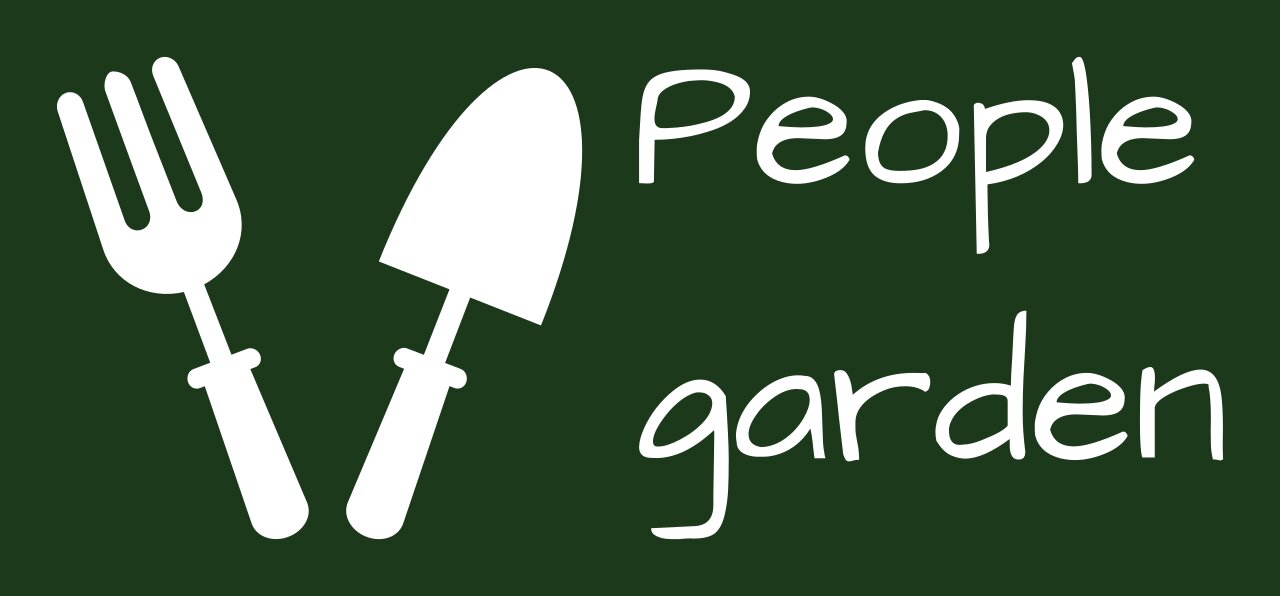8 Edible Indoor Plants Bring Benefits to Your Health
Produces green space and absorbs CO2, purifies the air, such as potholes, snake plants, jade plants, cactus. Did you know that some have many uses for health? In the article, we will write about plants that help you work out both the decoration and the best food you are looking for. They are considered to be the perfect options for decorating, saving money, and eating healthy. If you grow them in the living space, you will keep them at home throughout the year and use them when needed.
Lemons, carrots, bell peppers and more can be turned raw from cooked into many delicious dishes. You can grow them in the corner of the house, on the window sill, or in front of the porch, and you can eat them whenever you want. There are many varieties of dwarfs that can easily grow and adapt to indoor conditions with basic care. Whether you grow them for decoration or for good health, they promise to surprise you.
1 lemon
Lemon contains a ton of vitamin C and antioxidants. They can be easily grown with potting soil or clay-based pot to mix and given drainage holes at the bottom. Water your plant frequently and spray the leaves with water to keep them hydrated. Give them 8 to 12 hours of sunlight daily.
2 mandarins
Mandarins are rich in antioxidants, calcium, phosphorus, magnesium, and fiber. To grow, you can grow a dwarf tree indoors and give it a large pot that is well-drained. Keep in a sunny place and water frequently.
3 carrots
Carrots are an excellent source of various vitamins and minerals and are amazing to your eyes as they contain carotenoids. You can grow this vegetable by planting the seeds in a window box at least one foot, one and a half depth, and covered with pot soil. Give the container a well-drained mixture with the potting mix. Keep the soil moist and in a sunny window.
4 bell peppers
Peppers are rich in vitamin C, especially red. You can easily grow them by buying seedlings from the nursery and planting them in separate pots. Place them in a sunny area.
5 Radishes
Radish is high in folate, fiber, riboflavin, and potassium. To grow radishes at home, you can start with a large, well-drained pot. Then fill it mostly with potting soil and a small amount of coarse sand and spray the seeds on top of the soil. Keep the soil and plants moist in the sun for at least 6 hours a day.
6 salad greens
Lettuce is rich in vitamins A, C, and K, folate, and iron. You can grow them by purchasing a starter plant or seeds from the nursery. Plant them 4 inches apart in a container with drainage holes and pour water frequently.
7 Microgreens
Microwaves are rich in vitamins A, C, K, and folate. This leafy vegetable can be easily grown by filling a shallow tray more than 2 inches deep with soil. Then, we use a spray bottle, cover the soil every day, and place the tray in the sunny window.
8 Tomatoes
Tomatoes have antioxidant and anti-inflammatory properties, which help prevent coronary heart disease. Growing them by buying a tomato plant or sowing the seeds in a well-drained pot. Keep the soil moist in a sunny spot.
















0 Comments